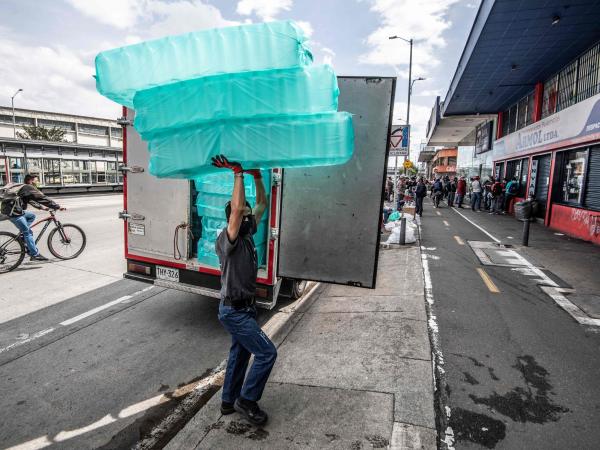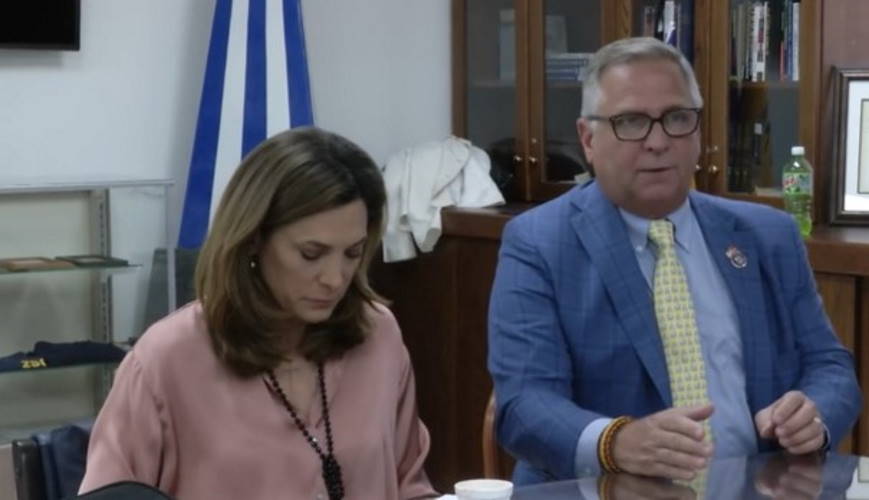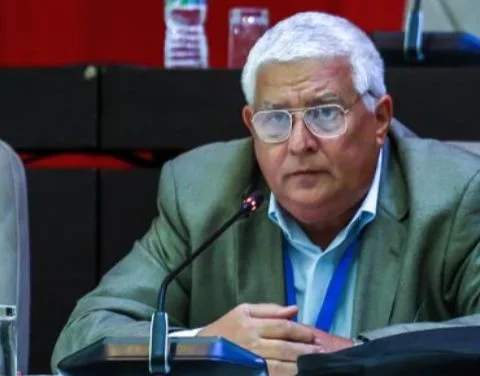Given the situation regarding the climate crisis, the insufficiency of recycling and sustainability within the framework of the environment, on June 1, the approval of the bill in the fourth debatewhich seeks the ban on single-use plastics in the country, led by the representative to the Chamber, Juan Carlos Losada.
(Congress approves elimination of single-use plastics in Colombia).
According to the document of the Congress of the Republic of Colombia, Law 274 of 2020 aims to prohibit the manufacture, import, export, marketing and distribution of single-use plastics in the national territory.
According to the issue of the ban on single-use plastics, for the representative to the Chamber, Juan Carlos Losada, it is estimated that the world has achieved recycling 9% of the plastic that has been produced, 12% has been incinerated and 79% is found in dumps and in the environment.
Within the framework of the law, the prohibition and gradual substitution applies to the following single-use plastic products.
First of all, we talk about the point of payment bags used to pack, load or transport packages and merchandise. Also those used to pack newspapers, magazines, advertising and bills, as well as those used in laundries to pack washed clothes. The only exceptions are reusable or industrial use.
(Another country joins the ban on plastic bags).
In turn, the rolls of empty bags will be prohibited in commercial areas to pack, load or transport packages and merchandise or carry food in bulk, except for raw animal products.
On the other hand, the use of containers, packages, containers and bags to contain non-prepackaged liquids, for immediate consumption, to take away or for home deliveries would be restricted. Plates, trays, knives, forks, spoons, glasses, eating gloves, mixers, straws for drinks, plastic supports for air pumps, confetti, tablecloths and streamerswould be other products that would be banned.
Also, the sheets to serve, pack, wrap or separate food for immediate consumption, used to take away or for home delivery, the plastic supports of the cotton buds or flexible swabs with cotton tips, dental floss handles or dental floss holders of single use and the adhesives, labels or any distinctive that is affixed to the vegetables.
And finally, the packages, containers or any container used for the commercialization, to the final consumer, of fresh fruits, vegetables and tubers that in their natural state have shells; fresh aromatic herbs, fresh vegetables and fresh mushrooms.
Before the regulation, Daniel Mitchell, president of Acoplásticos, affirmed that “This is a project that, as a result of discussion spaces and constructive work with representative Juan Carlos Losada, senator Maritza Martínez, among other congressmen, has evolved and, in its final version, presents a comprehensive and far-reaching approach to consolidate the sustainability of plastics, promote the circular economy and avoid pollution”.
The directive ensured that “The project incorporates a novel concept that is the life cycle analysis, through which it is guaranteed that products that are replaced by alternatives that generate a greater environmental impact are not prohibited”.
(The use of plastic, a silent enemy in a pandemic).
However, in view of the effects on the sector, it affirms that the products that are covered in the list of prohibitions represent around 6% or 7% of the total plastic industry, which corresponds to about 15,000 jobs. But, the norm establishes some exceptions and sustainable alternatives, migrating towards biodegradable plastic materials or strengthening the recycling chains to meet the established circular economy goals.
According to the National Plan for the sustainable management of single-use plastics, issued by the Ministry of Environment and Sustainable Development, during 2022 – 2023 the companies in charge of the use, distribution and commercialization of single-use plastic products , they must proceed to replace them with reusable products or, failing that, with products made of compostable materials or other technically and environmentally proven alternatives.
Likewise, for the Ministry, producers must strengthen the harvesting chain in order to achieve a minimum harvest of 25% by 2025 and 50% by 2030.
PLASTIC PRODUCTION IN THE COUNTRY
In Colombia they produce around 1.4 million tons of plastic materials per year, including polypropylene, PVC, polystyrene, low-density polyethyleneamong others.
There is the plastic products industry, which transforms more than 1.3 million tons a year to manufacture a range of plastic items, including packaging, containers, pipes, auto parts, toys, among others.
DIANA K. RODRIGUEZ T.














